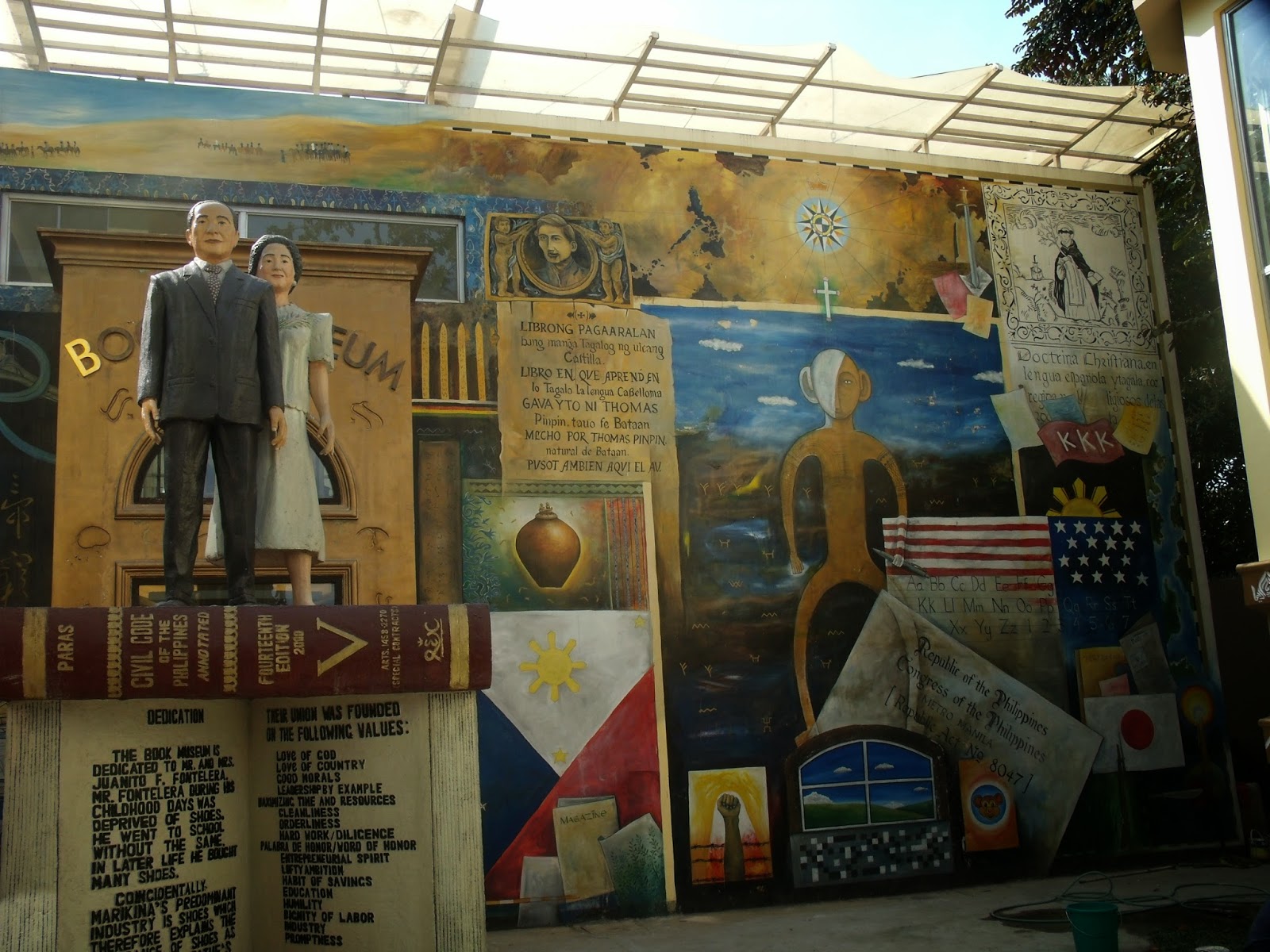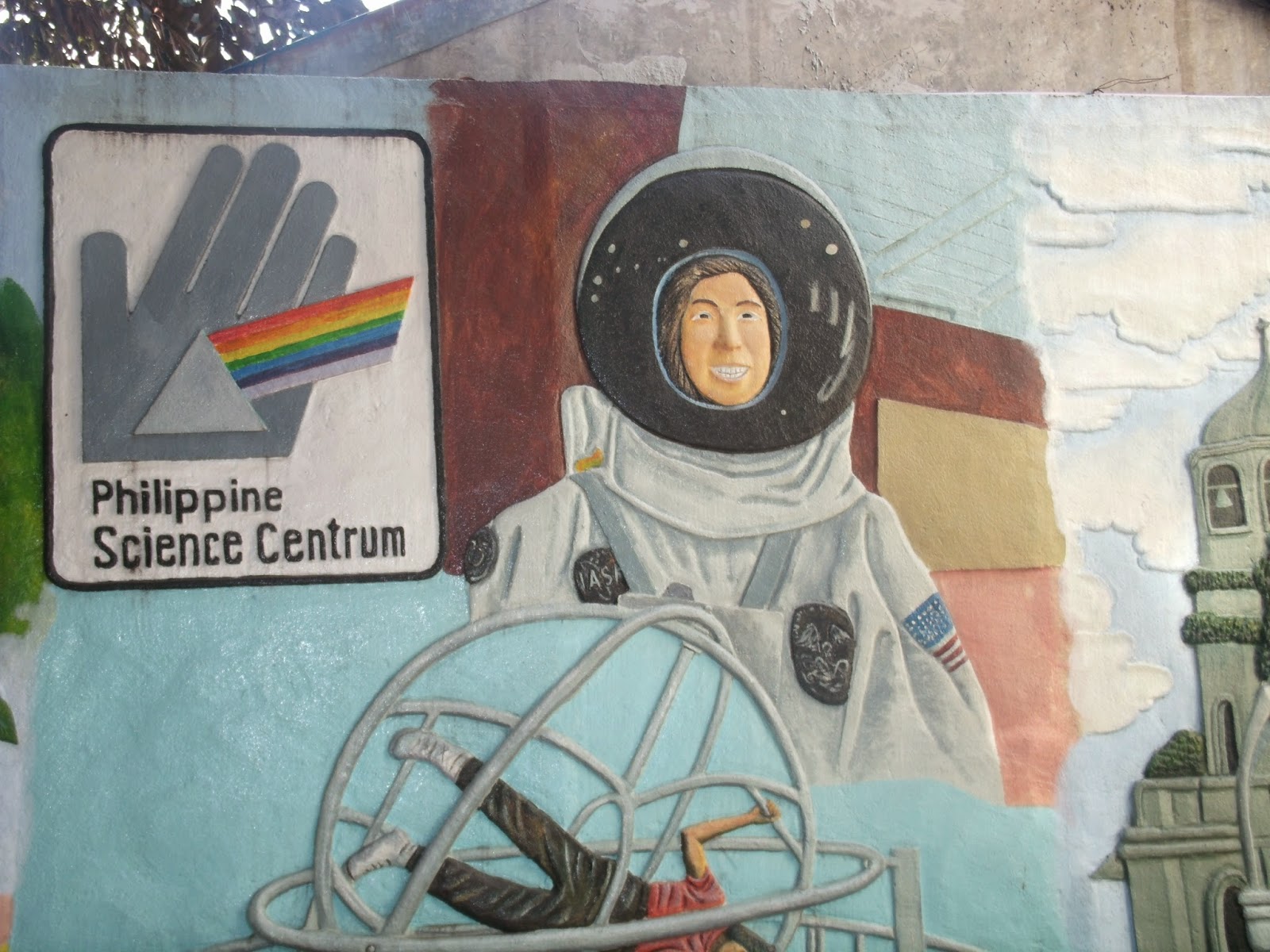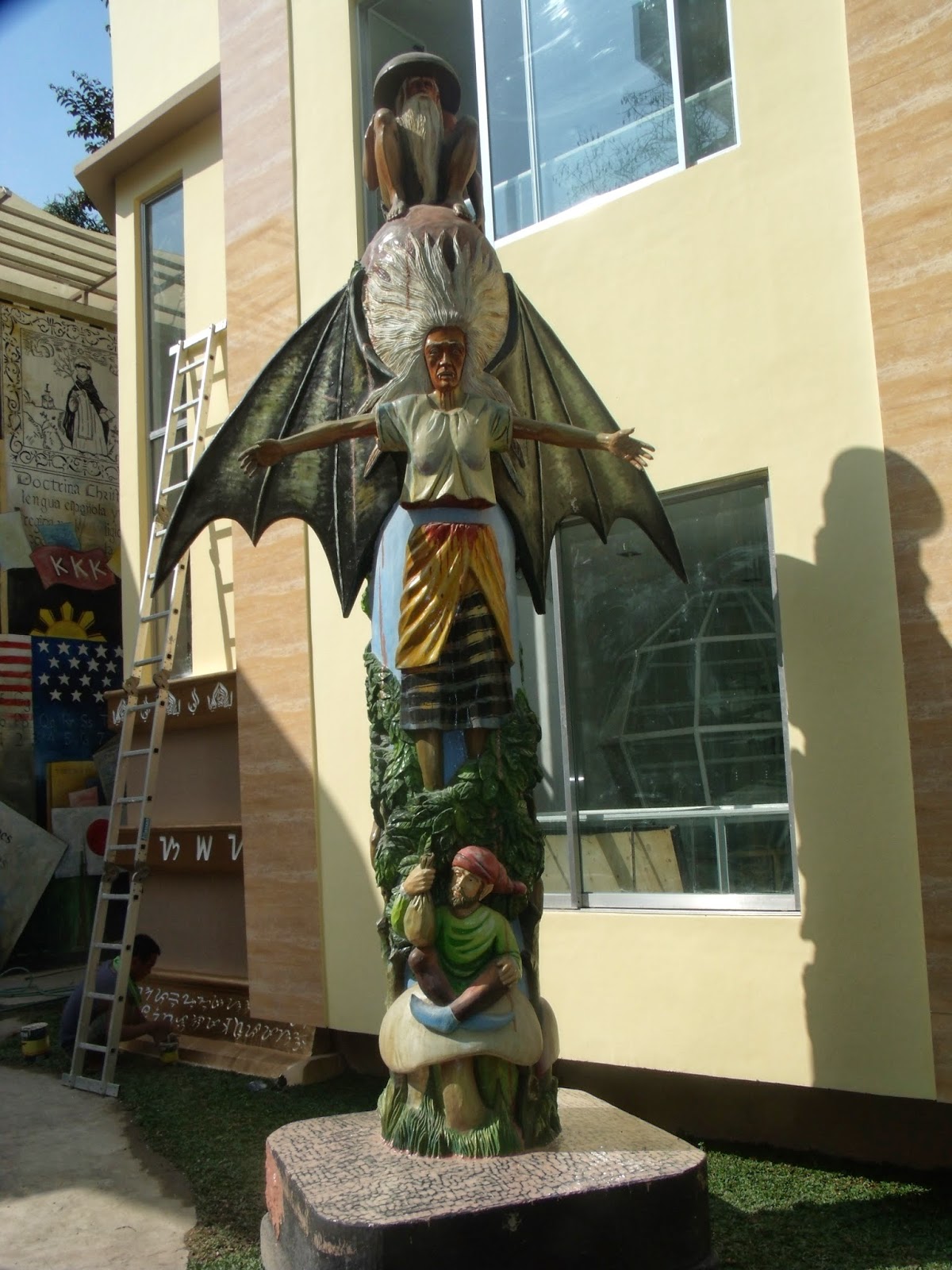Before you proceed to the book museum, inside the compound is a coffee shop inspired by the legendary actor James Dean. Maybe every visitor would think, what is the connection of James Dean to the book museum? James Dean is not a writer at all. No, it is not about that. He is the favorite actor of Atty. Dominador Buhain, the owner of this place. In this coffee shop, you can see the statue and some memorabilia of James Dean, like posters, books, etc. By the way, he is the lead star in the movie “Rebel Without a Cause”. If the Philippines had Robin Padilla, James Dean was the bad boy of Hollywood movies during 50’s.
Atty. Buhain founded the Book Museum in May 2013. His advocacy is to revive the reading awareness of the Filipino people. We already know that many of us, specially the youth, are already hooked to the internet. They prefer reading e-books rather than printed materials. Atty. Buhain wants to share his bulk of collections which he gathered from 76 provinces in the Philippines and from 215 different places around the globe. Wherever he goes, he makes sure to pick up some books, magazines and even brochures as a token of remembrance. Of course, he also read them because he is a true bookworm and is in the book publishing business. He is one of the owners of Rex Bookstore but now he does not manage it anymore.
The design of the book museum is very unique. At the front of the museum, you will see the monuments of Mr. and Mrs. Jovita Fontallera, Atty. Buhain’s parents. Under the monuments are replicas of the numerous shoes of Mr. Juanito Fontallera which he used when he was still alive. At the back of the museum are murals of popular landmarks and symbols of Marikina City like Kapitan Moy, Science Museum, San Roque Church, and Marikit (the fairy god mother of Marikina).
In the walls of the book museum are murals of some personalities who shaped the publishing industry, like Johan Gutenberg of Germany and Tomas Pinpin, the first Filipino printer who printed Doctrina Christiana, said to be the first printed book in the Philippines. The door of the museum is etched with Baybayin words, an old form of Filipino writing. The book museum is consists of two floors. There are showcases of books arranged alphabetically according to the countries Atty. Buhain visited. However, there are showcases that have no books. It only means that the country do not give importance to reading books.
Many of the collections in the book museum are really priceless. You could find here the smallest book in the world - The Lord’s prayer, measuring 3.3x3.3mm. It also features the smallest tablet which contains a Chinese poem. You need a microscope to see it. Atty. Buhain obtained this when he visited the Youngay Grottoes in Sichra Province in May 2013. You could find also here the mini-books of William Shakespeare. Another mini collection is the smallest calendar made in 1914 purchased in Frankfurt Germany. You will also see a lot of antique and century-old books. Aside from books and magazines, one of the interesting collections here is a bookbind compilation of different newspapers printed in 1650. The photo album of Dr. Jose Rizal is also here. However, you cannot see the hero’s pictures.
According to the tour guide, one of the favorite collections of Atty. Buhain in the book museum is the ‘How to be a Millionaire Section’ featuring books written by Pinoy authors like Bo Sanchez, Francisco Colayco, etc. I also noticed that Atty. Buhain had a display of FHM Magazine which made me smile.
Taking pictures inside the museum is strictly prohibited, but you can take a picture inside their premises. The museum does not only promote books but the Filipino culture as well. There are statues about Philippine mythology, like Malakas at Maganda and Manananggal with Nuno sa Punso.
I was also amazed when I entered the Cordillera cultural heritage section of the ethnology museum. It was in the first floor of a three-storey building. The second and third floors serve as a dormitory. Cool. I learned a lot about the lifestyle and traditions of the Cordillera people from the past. Inside the museum are bulol statues or guardians. It is up to the tribes where they want to put the bulols to guard them. The museum displays stone markers, which were used as a landmark of their house or territory. They had also kenibigat or a stonehenge, which the tribes place beside their door. Only the datus and wealthy family had this.
The Cordillera people had a long tale of bravery. The museum displays their weapons like blades, axes and shields. The one that got my attention is the black and white picture of a headhunter holding the four skulls of his enemies. The picture is inside a showcase and beside it are two genuine skulls of a headhunter’s victims. Is that too scary? The tour guide told me that there are still headhunters nowadays in the mountain province. Well, I already heard that story before. The picture is evidence that headhunters are real, not just fiction. Okay, we already talk about death. Let me mention that the museum also has a Sagada coffin. Sagada is known for its hanging coffins. The coffin had lizard engraving, which symbolizes the long life of the deceased person. Like a lizard, even if you will cut its tail, it will still live.
Cordillera people even in the old era were already creative. They had a lot of wooden tools, like meat containers, coffee makers, wheelbarrows and even wooden motorcycles! They had this vehicle even before Henry Ford invented the automobile. Their house is also unique because even if it was made like a nipa hut, it has a third layer. The third floor is for food keeping purposes. There is also an item called tabayag. Does it sound funny? It was derived from the sex organ and feet of an animal. They used it as a container of peanuts or any other food with seeds.
I would like to thank the owner of this amazing place. We need this kind of museum as we embrace the tradition of reading printed books. It should not be forgotten even when we are overloaded with information via internet. Because of this place, I appreciate the rich culture of our ethnic fellowmen more.
The Book Museum cum Ethnology Museum is located at 127 Dao St., Marikina Heights, Marikina City. For more information call them at 570-4449.
The Book Museum cum Ethnology Museum is located at 127 Dao St., Marikina Heights, Marikina City. For more information call them at 570-4449.















